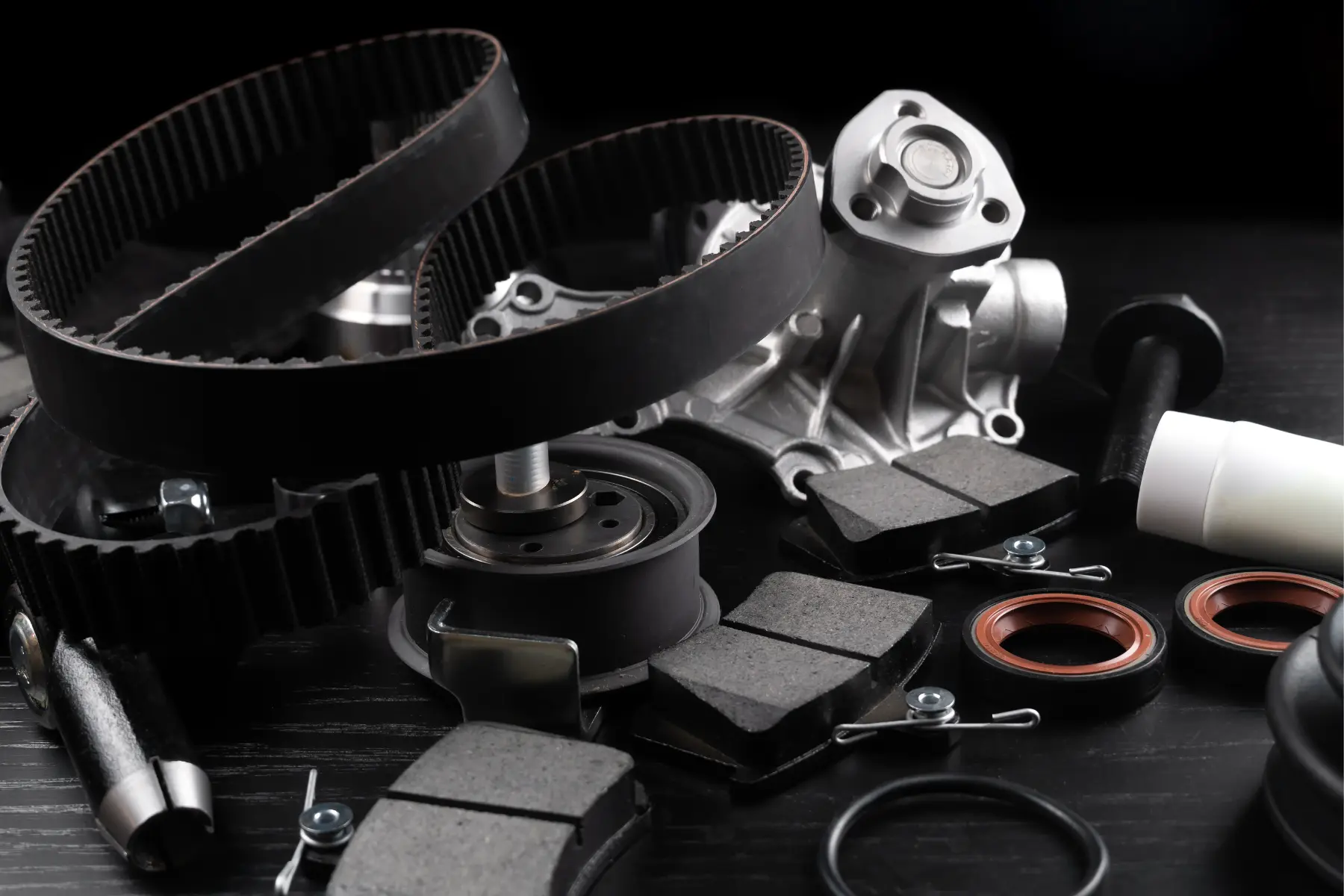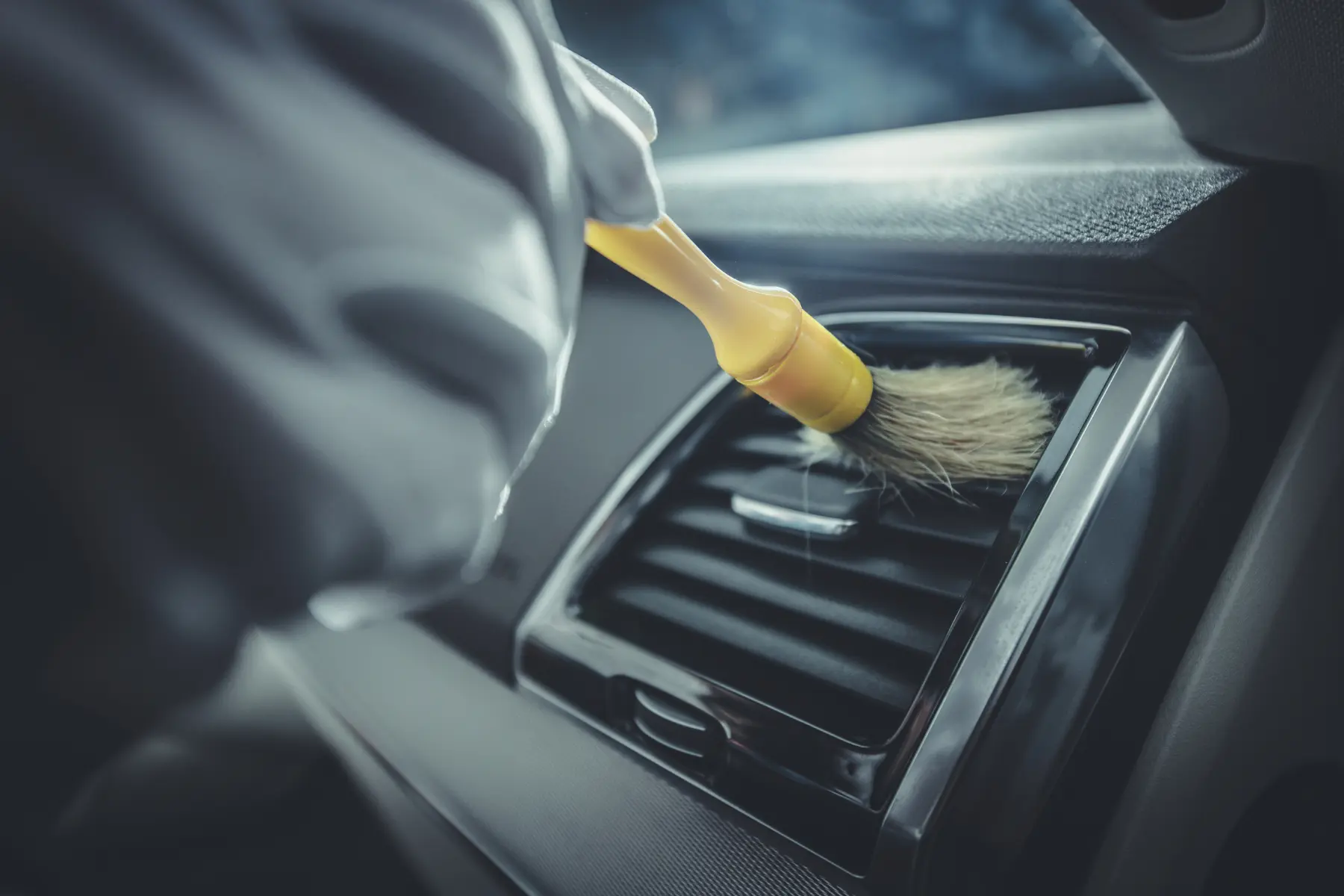In the world of vehicle maintenance and repair, knowing your car’s essential parts is foundational. Recognizing the significance of these parts not only helps in diagnosing issues but also in making informed decisions about repairs and replacements. This knowledge is particularly valuable for those embarking on DIY car repair, as it empowers car owners to take control of their vehicle’s health, potentially saving time and money.
The Fuel Pump: Heart of the Vehicle’s Fuel System
Role and Importance in Fuel Delivery
The fuel pump for car is critical in ensuring the smooth operation of your vehicle’s engine. It serves as the heart of the fuel system, pumping fuel from the tank to the engine at the right pressure necessary for optimal performance. Without a functioning fuel pump, your car cannot maintain the correct fuel and air mixture, leading to issues like engine sputtering, loss of power, or even a complete inability to start.
Signs of Fuel Pump Failure
Symptoms include a whining noise from the fuel tank, difficulty starting the car, loss of power especially under stress, and unexpected stalling. These indicators suggest it might be time for a DIY fuel pump installation or professional replacement to ensure your vehicle continues to run efficiently.
DIY Fuel Pump Installation Guide
This can be a cost-effective way to address fuel pump failures. The process involves relieving the fuel system pressure, draining the fuel tank, and carefully replacing the old pump with a new one. Safety is paramount during this task, as working with fuel presents inherent risks. Properly sealing connections and ensuring there are no leaks are critical steps in this process.
Maintaining Your Fuel Pump for Longevity
Regular car radiator maintenance and keeping your fuel tank at least a quarter full can help extend the life of your fuel pump. Running on a low fuel tank frequently can cause the pump to overheat and wear out prematurely. Additionally, using quality fuel and regularly replacing the fuel filter can prevent contaminants from damaging it. These maintenance tips can prolong the pump’s life, ensuring reliable fuel delivery and engine performance.
Front Bumper: Combining Safety with Aesthetics
Functionality and Safety Aspects
Vehicle bumpers serve as a critical interface between safety, functionality, and aesthetics, playing multiple roles that extend far beyond mere decoration. These components are engineered to meet rigorous safety standards while contributing to the vehicle’s efficiency and visual identity. Understanding the multifaceted purposes of bumpers can highlight their significance in vehicle design and safety protocols, emphasizing why they are more than just an accessory.
- Impact Absorption: Bumpers are primarily designed to absorb the energy from collisions, significantly reducing the potential damage to the vehicle’s structure and, more importantly, minimizing injuries to passengers. Through advanced materials and design, they dissipate the force of an impact, therefore protecting the integrity of the vehicle’s passenger compartment in various accident scenarios.
- Aerodynamic Efficiency: By helping to direct airflow around the vehicle, bumpers play a crucial role in reducing aerodynamic drag. This reduction in drag not only improves fuel efficiency but also enhances the vehicle’s handling and performance at higher speeds. The design and shape of the bumper are meticulously crafted to achieve the best possible balance between form and function.
- Safety Features Integration: Modern bumpers often incorporate various safety technologies, including parking sensors, fog lights, and even airbag sensors, making them an integral part of the vehicle’s overall safety system. These features enhance the driver’s ability to navigate and control the vehicle safely, especially under poor visibility conditions or in tight spaces.
- Protection for Pedestrians: In the unfortunate event of an accident involving a pedestrian, bumpers are designed to minimize injury. They act as a first point of contact, absorbing energy and reducing the force of the impact. The car industry’s dedication to pedestrian welfare in addition to occupant safety is shown in this design consideration.
By integrating critical safety features, improving aerodynamic performance, offering protection to both occupants and pedestrians and enhancing the vehicle’s visual appeal, bumpers play a pivotal role in the modern automotive landscape.
Signs It’s Time for a Bumper Replacement
Bumpers can sustain damage from even minor incidents, such as low-speed collisions or accidentally hitting a parking barrier. Signs that your front bumper needs replacement include visible cracks, deep scratches that compromise the material’s integrity, or significant discoloration. Additionally, if sensors or other integrated technologies are no longer functioning correctly due to bumper damage, a replacement is necessary to maintain the vehicle’s safety features.
DIY Front Bumper Replacement Process
Replacing a front bumper might seem daunting, but it’s a feasible project for a DIY auto repair enthusiast with the right tools and instructions. The process typically involves removing the damaged bumper by unscrewing it from the vehicle’s frame, disconnecting any integrated lighting or sensors, and then attaching the new bumper in place. While some might opt for professional installation, especially for bumpers with complex safety systems, many car owners can successfully undertake this task, enhancing their vehicle’s safety and appearance.
Car Radiator: Keeping Your Engine Cool
Essential Role in Engine Temperature Regulation
The car radiator works by passing hot coolant, which has absorbed heat from the engine, through its fins. As air passes over these fins, usually forced through by the radiator fan, it cools the coolant, which is then recirculated back into the engine to absorb more heat in a continuous cycle. This process is vital for the engine’s performance, fuel efficiency, and emissions control. A well-functioning radiator and cooling system allow the engine to operate within its ideal temperature range.
Routine Radiator Maintenance Tips
Car radiator maintenance is key to ensuring your cooling system remains effective. This includes regularly checking coolant levels and topping up as necessary, ensuring the coolant mixture is correct, especially in extreme climates, and inspecting the radiator for leaks or damage. It’s also important to replace the coolant at intervals recommended by your vehicle manufacturer to maintain its anti-corrosive and cooling properties.
Step-by-Step Guide to Radiator Cleaning and Servicing
Maintaining your vehicle’s radiator is essential for ensuring that the engine runs within the optimal temperature range, preventing overheating and the potential for significant engine damage. A clean and well-serviced radiator can efficiently remove heat from the engine coolant, ensuring your vehicle runs smoothly and reliably. Here’s a detailed, step-by-step guide to performing radiator cleaning and servicing:
- Cool Down: Always start with a cool engine. Working on a hot engine can lead to severe burns from hot coolant or surfaces. It’s crucial to wait until the engine has cooled completely before beginning any work on the radiator to ensure your safety.
- Drain the Coolant: Locate the radiator’s drain plug, which is usually found at the bottom of the radiator. Place a container underneath to catch the old coolant as it drains out. Open the plug carefully and allow all the coolant to drain completely into the container. Proper disposal of the old coolant is important, as it’s toxic and harmful to the environment.
- Flush the Radiator: After draining the old coolant, close the drain plug and fill the radiator with a mixture of water and radiator cleaner. This mixture helps remove any build-up of rust, scale, and other contaminants inside the radiator. Start the engine and let it run for the time specified by the radiator cleaner’s instructions, allowing the mixture to circulate throughout the cooling system. Then, turn off the engine and drain the cleaning fluid from the radiator.
- Rinse and Refill: Once the cleaning fluid is drained, flush the system with clear water to remove any remaining cleaner and debris. This may need to be done several times until the water runs clear. Drain the system completely, then refill the radiator with fresh coolant. It’s essential to use the correct coolant-to-water ratio as recommended by your vehicle’s manufacturer to ensure optimal cooling efficiency and protection against freezing and corrosion.
- Check for Leaks: After refilling the radiator with fresh coolant, run the engine until it reaches its normal operating temperature. This process helps remove any air pockets that may have formed in the cooling system. While the engine is running, check for leaks in the radiator and the associated hoses and connections. Identifying and addressing leaks early can prevent overheating and engine damage.
- Inspect and Replace Hoses: Finally, inspect all radiator hoses for signs of wear, such as cracks, soft spots, or brittleness. Hoses in poor condition should be replaced immediately to prevent future leaks. This step is crucial, as worn hoses are a common source of cooling system failures.
Following this step-by-step guide to radiator cleaning and servicing can help ensure your vehicle’s cooling system operates efficiently, protecting your engine from overheating and prolonging its lifespan. Regular maintenance, including radiator cleaning, is a proactive approach to vehicle care that can save you time and money in the long run by preventing more serious mechanical issues.
Chocks and Struts: Ensuring Stability and Suspension
Understanding Their Role in Your Vehicle
The suspension system of a vehicle, including shocks and struts for cars, is fundamental in providing a smooth ride and maintaining proper road contact, stability, and safety. Shocks, or shock absorbers, are designed to absorb and dampen the impact from the road, preventing excessive bouncing and ensuring the tires remain in contact with the road surface. Struts, on the other hand, are a structural component of the suspension system, combining the shock absorber with a spring in a single unit. Struts not only absorb impact but also support the vehicle’s weight, contributing significantly to the alignment and handling of the car. Together, shocks and struts are key to a vehicle’s ability to navigate turns, bumps, and stops with comfort and stability.
DIY Inspection and Replacement Tips
For those interested in DIY auto repair, inspecting shocks and struts involves checking for physical damage, leaks, and wear. While replacing these components can be more challenging than other DIY car repair tasks, it’s doable with the right tools and preparation. Ensure your vehicle is securely lifted and supported before attempting any removal. Follow specific guidelines and torque specifications for your vehicle model when installing new parts to ensure proper fit and function.
Brake Pads: Critical for Safe Stopping
Role of Brake Pads in Vehicle Safety
The primary role of brake pads is to ensure effective and reliable stopping power. Every time you press the brake pedal, the brake pads undergo stress to provide the necessary friction. This friction, in turn, slows the rotation of the wheel, allowing your vehicle to stop safely. Because they’re integral to the braking system, worn or faulty brake pads can significantly impair your vehicle’s ability to stop, increasing the risk of accidents.
Maintaining Your Brake System
Beyond regular brake pad replacements, maintaining the entire brake system is vital for optimal performance and safety. This includes checking the brake fluid levels, inspecting the rotors for wear or damage, and ensuring the calipers are functioning correctly. Regular maintenance helps extend the life of your brake pads and other brake system components, ensuring your vehicle remains safe and reliable on the road.
DIY Auto Repair: Empowering Car Owners
Essential Tools for DIY Auto Repair
A well-equipped toolkit is the backbone of any DIY auto repair effort. Basic hand tools such as wrenches, screwdrivers, and ratchets are indispensable, while more specialized tasks may require specific tools like OBD-II scanners for diagnostics or torque wrenches for precision tightening. Investing in quality tools pays off in the long run, ensuring durability and reliability as you expand your repair skills.
Safety Precautions for DIY Mechanics
Safety should always be the top priority when undertaking at-home auto car repairs. This includes wearing appropriate personal protective equipment, ensuring the car is securely lifted when working underneath, and following proper procedures for handling automotive fluids and chemicals. Being aware of your limitations is also crucial; some repairs may require professional expertise or specialized equipment to ensure they are done safely and correctly.
In closing, the journey to mastering DIY auto repair and maintenance is both rewarding and empowering. It transforms the way you interact with your vehicle, turning routine maintenance and unexpected repairs into opportunities for personal growth and satisfaction. With dedication, patience, and the right approach, you can navigate the complexities of auto repair, ensuring your vehicle serves you well for many miles to come. Here’s to the road ahead, filled with successful repairs, continuous learning, and endless possibilities for every DIY car mechanic.





